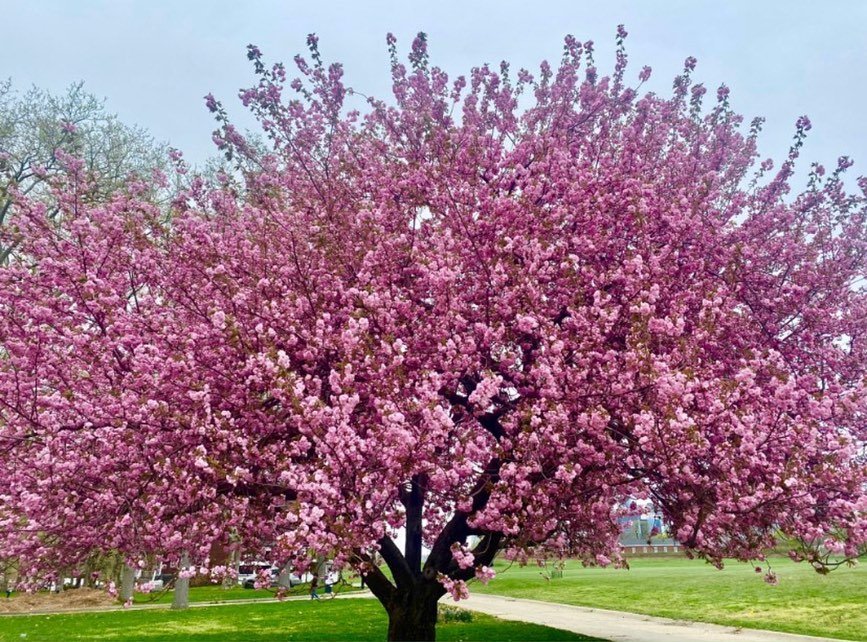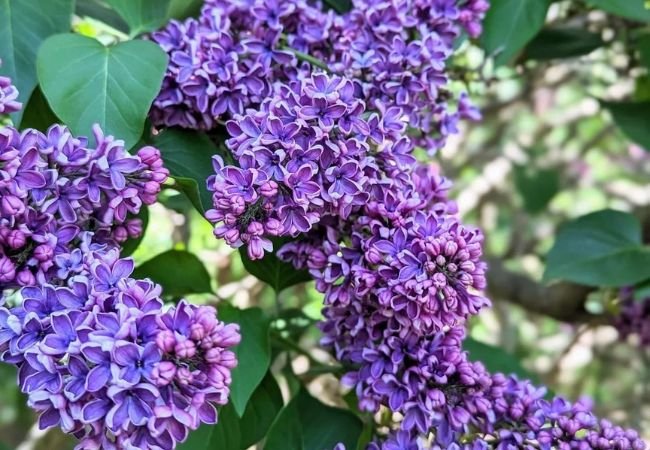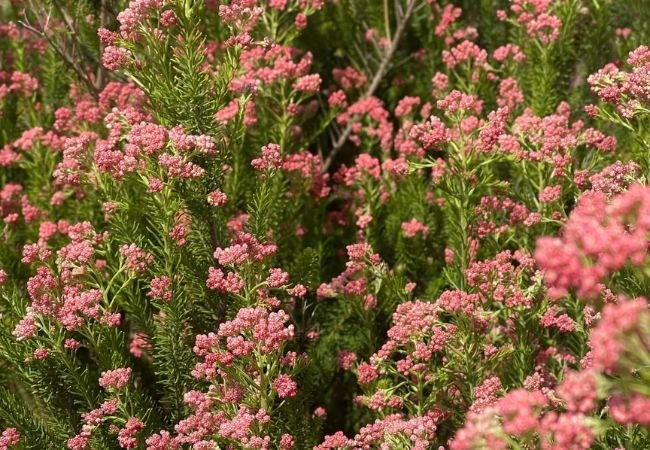Learn how to grow and care for the Kwanzan cherry tree. Discover tips for planting, maintaining and enjoying the beautiful pink blossoms of this stunning ornamental tree.
The Kwanzan cherry tree, with its spectacular display of pink double blossoms, is a showstopper in any landscape. If you’re considering adding this beautiful ornamental tree to your garden, you’ve made an excellent choice. In this comprehensive guide, we’ll walk you through everything you need to know about growing and caring for Kwanzan cherry trees, from planting to pruning and beyond.
Here’s a concise overview of the Kwanzan cherry tree:
| Aspect | Details |
|---|---|
| Botanical Name | Prunus serrulata ‘Kwanzan’ |
| Common Name | Kwanzan Cherry Tree |
| Plant Zone | USDA Zones 5-8 |
| Sun Exposure | Full sun to partial shade |
| Soil Type | Well-draining, loamy soil; prefers slightly acidic to neutral soil |
| Watering | Regular watering during dry periods; prefers consistent moisture but is somewhat drought-tolerant once established |
| Growth Habit | Rounded, spreading canopy with a dense, bushy appearance |
| Height/Spread | Height: 15-25 feet (4.5-7.5 m); Spread: 15-25 feet (4.5-7.5 m) |
| Special Features | Known for its stunning double-pink blossoms that appear in late spring, which are more showy than other cherry varieties. The Kwanzan cherry tree has a striking appearance and provides excellent ornamental value. The tree also has a relatively smooth, brown bark that adds interest throughout the year. |
What is a Kwanzan Cherry Tree?

Before we dive into care instructions,
let’s get to know this tree a little better:
- Scientific name: Prunus serrulata ‘Kwanzan’
- Origin: Japan
- Height: 20-30 feet
- Spread: 15-25 feet
- Bloom time: Mid to late spring
- Flower color: Deep pink
- USDA hardiness zones: 5-9
The Kwanzan cherry tree is known for its stunning double-flowered blossoms, which are larger and more showy than many other cherry varieties. It’s a popular choice for ornamental landscapes, street plantings, and as a focal point in gardens.
How to Plant a Kwanzan Cherry Tree
Proper planting is crucial for the long-term health of your Kwanzan cherry tree.
Here’s how to do it right:
- Choose the right location: Select a spot with full sun (6+ hours of direct sunlight daily) and well-draining soil.
- Prepare the soil: Kwanzan cherries prefer slightly acidic soil (pH 6.0-6.5). Test your soil and amend if necessary.
- Dig the hole: Make it twice as wide as the root ball and just as deep.
- Plant the tree: Place the tree in the hole, ensuring the top of the root ball is level with or slightly above the soil surface.
- Backfill and water: Fill the hole with soil, tamping down gently to remove air pockets. Water thoroughly.
- Mulch: Apply a 2-3 inch layer of mulch around the base of the tree, keeping it away from the trunk.
Caring for Your Kwanzan Cherry Tree
Once planted, your Kwanzan cherry tree will need ongoing care to thrive:
Watering
- Water deeply and regularly during the first growing season to establish a strong root system.
- Once established, water during dry spells or when you notice wilting leaves.
- Avoid overwatering, as Kwanzan cherries are susceptible to root rot.
Fertilizing
- Apply a balanced, slow-release fertilizer in early spring before new growth begins.
- Avoid fertilizing late in the growing season, as this can stimulate new growth that may be damaged by winter cold.
Pruning
- Prune in late winter or early spring before new growth begins.
- Remove dead, damaged, or crossing branches to improve air circulation and tree structure.
- Avoid heavy pruning, as Kwanzan cherries don’t respond well to severe cuts.
Pest and Disease Management
Kwanzan cherries can be susceptible to several issues:
- Pests: Watch for aphids, scale insects, and spider mites.
- Diseases: Be aware of cherry leaf spot, brown rot, and verticillium wilt.
Regular inspection and prompt treatment can help keep your tree healthy. Consider using integrated pest management techniques for a more environmentally friendly approach.
Enjoying Your Kwanzan Cherry Tree
The Kwanzan cherry tree is more than just a beautiful addition to your landscape – it’s an experience.
Here are some ways to make the most of your tree:
- Cherry blossom viewing: Host a hanami (flower viewing) party when your tree is in full bloom.
- Photography: Capture the beauty of your tree throughout the seasons, especially during spring blooming.
- Natural shade: As your tree matures, enjoy its natural canopy for shade in the summer months.
- Attracting wildlife: Watch for birds and beneficial insects that are drawn to your tree.
Common Questions About Kwanzan Cherry Trees
1. Do Kwanzan cherry trees produce fruit?
No, Kwanzan cherries are sterile and do not produce fruit.
2. How long do Kwanzan cherry trees live?
With proper care, they can live 15-25 years.
3. Can I grow a Kwanzan cherry tree in a container?
While possible, it’s challenging due to the tree’s size. Consider dwarf varieties for container growing.
4. How fast do Kwanzan cherry trees grow?
They have a moderate growth rate, typically growing 1-2 feet per year.
5. Are Kwanzan cherry trees messy?
They can be somewhat messy when the blossoms fall, but they don’t produce fruit, which reduces overall messiness.
The Kwanzan cherry tree is a magnificent addition to any landscape, offering a spectacular spring display and year-round beauty. With proper planting and care, your Kwanzan cherry can thrive for many years, providing you with countless moments of joy as you watch it grow and bloom.
Remember, patience is key when growing ornamental trees. It may take a few years for your Kwanzan cherry to reach its full blooming potential, but the wait is well worth it. Enjoy the journey of nurturing your tree, and soon you’ll be rewarded with a stunning display of pink blossoms that will be the envy of your neighborhood.
Learn more about cherry tree varieties
Discover tips for general tree care
Happy planting, and may your Kwanzan cherry tree bring you years of springtime beauty!
For more gardening tips and plant care guides, visit usagardenhub.com







One comment on “Kwanzan Cherry Tree : A Guide to Growing and Caring for This Stunning Bloom”